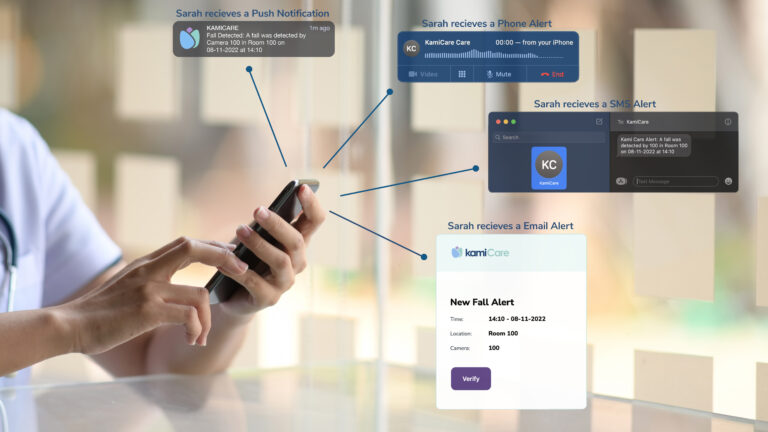Did you know, according to a report by Gartner in October of 2020, almost half of all AI projects do not make it past the prototype stage? Why is this?
The model training stage of your AI and ML-driven product or service is critical in determining whether or not the market adopts it or if the price is considered fair.
Failures are often attributed to poor or ineffective training data sets fed to the model, resulting in several false positives, inaccurate results, and fallacies.
To better understand why this is, it is imperative to learn how training works.
How Is An AI Model Trained?

The AI model training process is elaborate and convoluted. However, generally, it involves three distinct stages:
- Training
- Validation
- Testing
In the first stage, the AI models are fed new information based on the desired output. For example, it can provide a data set of different cars and trained to identify them.
In the following stage, the AI model is fed a new data set which is then cross-referenced to the previous one, and the assumptions validated.
The AI model is then tested for accuracy, speed, reliability, and other parameters in real-world conditions.
Unfortunately, several AI modelers and engineers create AI models that are underperforming due to poor training. Allow us to explain.
Hypothetical Case
If you were to train an AI model to identify vehicles in general, the likelihood of a false positive is higher compared to a model trained to identify cars specifically. This is because the data set for vehicles generally encompasses much more significant variations of features and attributes.
In simpler words, a vehicle may have four wheels, six wheels, or even zero wheels (boats), while a car only has four wheels. Hence, training an AI model to work well for sub-categories and clubbing them together later is the way to go.
One of the very few downsides to this method is a higher latency caused due to the rendering and running of multiple models.
Different Ways to Optimize Your AI Model

Some ways to optimize your AI model for high speed, low latency, and higher accuracy are:
Greater Computing Resources
When you have more computing resources and computational power, your AI will run faster even if built inefficiently.
The downside to this is increased initial cost and cost of operating.
Gradient Descent
Gradient descent is an optimization strategy for AI models. It is the most used and most popular one in the world of Data Science and Machine Learning. This is because it is a relatively straightforward methodology that involves finding the local minimum of a differentiable function.
Adam Optimization Algorithm
This is an algorithmic methodology to update neural network weights interactively.
The Trilemma of AI Models
The ideal utopian AI model is fast, accurate, and inexpensive. But, not to our surprise, our world is far from Utopia. The modern-day problem with AI models is that they can achieve only 2 of these at the expense of the third.
- A fast and accurate AI model is costly
- An accurate and inexpensive AI model is very slow
- A quick and affordable AI model is wildly inaccurate
Generic and broad AI models often fall in the third spectrum.
To wrap
An AI model trained on a large but generic data set is often very inefficient and prone to many errors. Moreover, compensating for such errors would require even larger data sets, more variables, and higher computing power, all of which shoot up the necessary time and money.
In summary, developers should look for a sweet spot of specificity and breadth in their data set. Meaning, developers should neither go too generic or broad nor too narrow and specific with their training data set for AI models.



